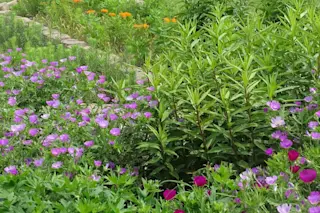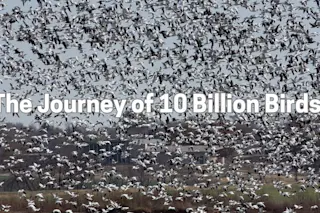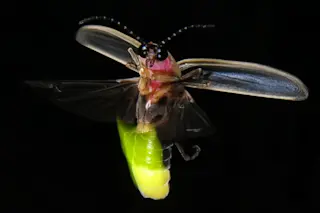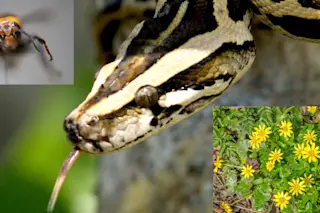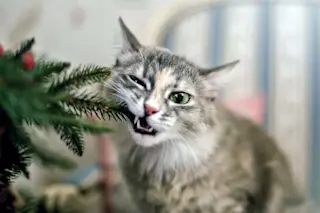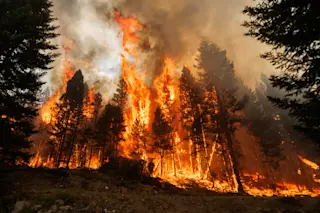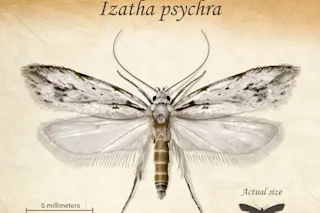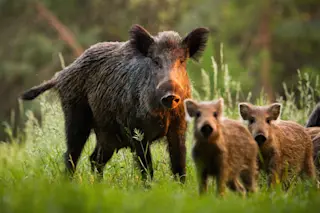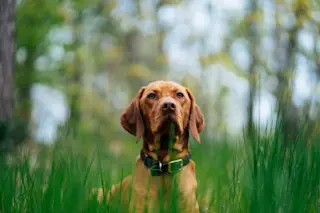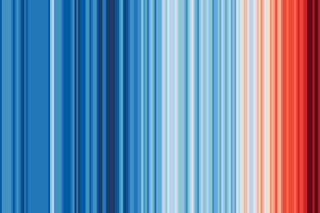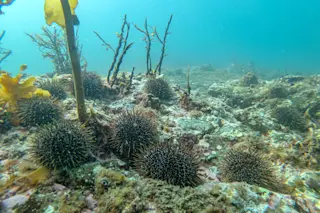It’s a simple idea: Stop mowing your lawn in the month of May to let flowers in the lawn, such as dandelions and clover, grow and support bees and other pollinators.
“No Mow May” was started in 2019 by Plantlife, a conservation charity based in the United Kingdom, in response to a well-documented loss of meadows and an alarming decline of native plants and animals there. Since then, it has been taken up by many gardeners and conservation advocates in North America.
Studies have shown that many flowers that grow in unmown British lawns do support British pollinators. But North America has vastly different ecological communities, composed of unique flora and fauna.
If you are interested in supporting pollinators, it is important to consider the ecological context of your yard – and #NoMowMay may not be an effective strategy. As entomology researchers who run programs on pollinators, we see better ...


